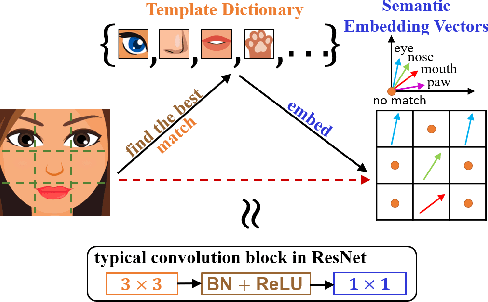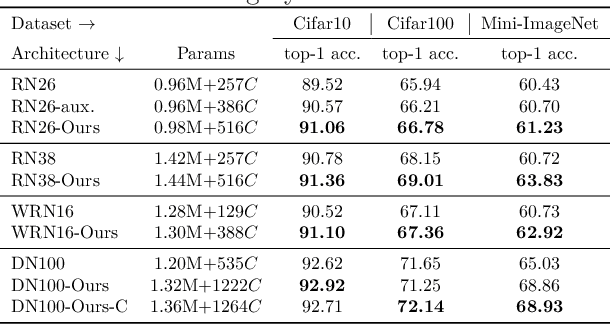Ada Gorgun
VITAL: More Understandable Feature Visualization through Distribution Alignment and Relevant Information Flow
Mar 28, 2025Abstract:Neural networks are widely adopted to solve complex and challenging tasks. Especially in high-stakes decision-making, understanding their reasoning process is crucial, yet proves challenging for modern deep networks. Feature visualization (FV) is a powerful tool to decode what information neurons are responding to and hence to better understand the reasoning behind such networks. In particular, in FV we generate human-understandable images that reflect the information detected by neurons of interest. However, current methods often yield unrecognizable visualizations, exhibiting repetitive patterns and visual artifacts that are hard to understand for a human. To address these problems, we propose to guide FV through statistics of real image features combined with measures of relevant network flow to generate prototypical images. Our approach yields human-understandable visualizations that both qualitatively and quantitatively improve over state-of-the-art FVs across various architectures. As such, it can be used to decode which information the network uses, complementing mechanistic circuits that identify where it is encoded. Code is available at: https://github.com/adagorgun/VITAL
Knowledge Distillation Layer that Lets the Student Decide
Sep 06, 2023Abstract:Typical technique in knowledge distillation (KD) is regularizing the learning of a limited capacity model (student) by pushing its responses to match a powerful model's (teacher). Albeit useful especially in the penultimate layer and beyond, its action on student's feature transform is rather implicit, limiting its practice in the intermediate layers. To explicitly embed the teacher's knowledge in feature transform, we propose a learnable KD layer for the student which improves KD with two distinct abilities: i) learning how to leverage the teacher's knowledge, enabling to discard nuisance information, and ii) feeding forward the transferred knowledge deeper. Thus, the student enjoys the teacher's knowledge during the inference besides training. Formally, we repurpose 1x1-BN-ReLU-1x1 convolution block to assign a semantic vector to each local region according to the template (supervised by the teacher) that the corresponding region of the student matches. To facilitate template learning in the intermediate layers, we propose a novel form of supervision based on the teacher's decisions. Through rigorous experimentation, we demonstrate the effectiveness of our approach on 3 popular classification benchmarks. Code is available at: https://github.com/adagorgun/letKD-framework
Feature Embedding by Template Matching as a ResNet Block
Oct 03, 2022



Abstract:Convolution blocks serve as local feature extractors and are the key to success of the neural networks. To make local semantic feature embedding rather explicit, we reformulate convolution blocks as feature selection according to the best matching kernel. In this manner, we show that typical ResNet blocks indeed perform local feature embedding via template matching once batch normalization (BN) followed by a rectified linear unit (ReLU) is interpreted as arg-max optimizer. Following this perspective, we tailor a residual block that explicitly forces semantically meaningful local feature embedding through using label information. Specifically, we assign a feature vector to each local region according to the classes that the corresponding region matches. We evaluate our method on three popular benchmark datasets with several architectures for image classification and consistently show that our approach substantially improves the performance of the baseline architectures.
 Add to Chrome
Add to Chrome Add to Firefox
Add to Firefox Add to Edge
Add to Edge